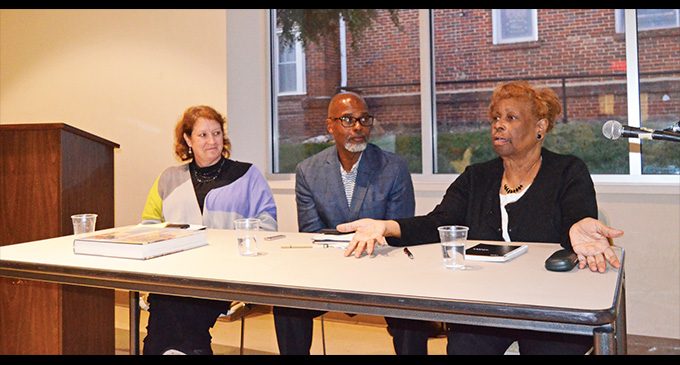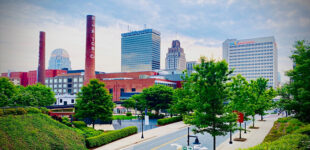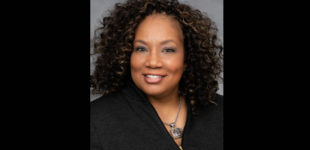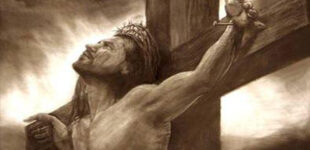Panel explores history of Depot Street area

Long before there was an Innovation Quarter, that area of downtown was the thriving heart of the black community along Depot Street.
That rich history was discussed during a panel held at the Goler Family Enrichment Center on Patterson Avenue. Patterson used to be known as Depot Street, named after the many railroad tracks in the area. Michelle McCullough, a city planner with the Forsyth County Historic Resource Commission, gave a presentation on Depot Street.
She said R.J. Reynolds’ willingness to hire African-Americans for factory jobs caused them to migrate to Winston-Salem. Many would use the money they made to start their own businesses in the early 20th century. The Depot Street area had houses, schools, churches, doctor’s offices, grocery stores and many other businesses.
“It was fascinating the stuff that was happening in East Winston,” said McCullough.
The prosperity spread to nearby areas like the Belews Street community where panelist Barbara Morris used to live. She said they also had many different businesses there, including a beauty shop, a tailor, grocery stores, a shoe shop and a dry cleaner.
“We never had to really come off of Belews for anything, we had it all right there,” she said.
By 1958, the neighborhood was being demolished for highway construction. The intersection of Business 40 and U.S. 52 is where the Belews Creek community used to be. Now a historic marker, which Morris pushed for, denotes the former neighborhood.
Goler Community Development Corporation President Michael Suggs gave a brief presentation on the CDC’s efforts to revitalize the area. The CDC, started by Goler A.M.E. Zion Church, has many successful projects including Gallery Lofts, the two-unit Craver Building apartments, Goler Manor senior apartments and 757 North Apartments, which opened this year. The CDC also brought Mudpies and Truliant Federal Credit Union to the area and is currently working on urban gardening through a hydroponics facility at Kimberley Park.
Suggs said the goal isn’t recreating the black community that once was, but to forge a multi-generational, multi-cultural and multi-income neighborhood called The Heights.
“We wanted everyone to be in our community,” said Suggs.
The panel, moderated by UNC School of the Arts Professor Rosemary Millar, was the second in a series on local black history by the New Winston Museum. The final installment will be “Envisioning Columbian Heights” on Nov. 16 at Mars Hill Baptist Church, 1331 E. Fourth Street, at 5:30 p.m.











